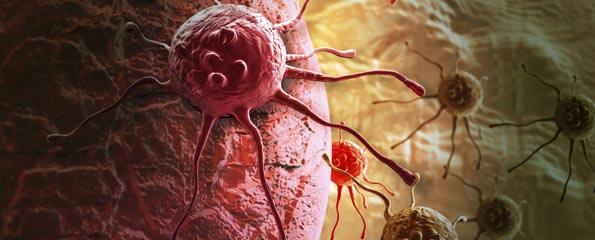You searched for
We found 9 articles










Chlamydia (C. trachomatis, C. pneumoniae, C. psittacci, C. pecorum)
Chlamydia is a bacterial infection. Genital chlamydia is the most common STI in Australia, but the eyes or lungs can also be infected by Chlamydia.
09 Mar 2006

Breast cancer: Male breast carcinoma
Breast cancer in males is similar to that in females, however it is less common and there are differences in risk factors and treatments.
06 Mar 2006

Prostate cancer: Adenocarcinoma
Adenocarcinoma is the most common type of prostate cancer. It arises in glandular cells of the prostate and usually affects men >60 years.
21 Feb 2006

Back pain
Back pain is very common. It usually occurs due to acute or chronic injuries to muscles of the spine, but may also be a symptom…
21 Feb 2006

Influenza (flu)
The flu is a highly contagious respiratory infection caused by influenza virus. Influenza outbreaks are common, particularly during winter months.
21 Feb 2006

Prostate cancer: Neuroendocrine carcinoma
Neuroendocrine carcinoma of the prostate is a rare form of cancer which affects the hormone-producing cells of the prostate.
21 Feb 2006

Testicular cancer: Seminoma of the testicle
Seminoma of the testicle is a type of testicular cancer which is usually confined to the testes. It typically affects 30-34-year-old men.
21 Feb 2006

Diabetes mellitus type 2 (non-insulin dependent, mature age onset)
Type 2 diabetes mellitus is a hormonal disorder of insulin and elevated blood glucose levels. It is associated with obesity and unhealthy diet.
21 Feb 2006

Measurement and Lowering of Lipoprotein(a)
Lipoprotein(a) is a molecule made from joining a protein the body makes (called apolipoprotein(a)) and LDL, which is a form of cholesterol. The importance of the Measurement and lowering of Lipoprotein(a) is an area of active research. It is one of a group of molecules called 'lipoproteins', so called because they have this common form of construction - a protein attached to a cholesterol molecule. Having elevated levels of lipoprotein(a) in their blood has been strongly implicated in research as a risk factor for cardiovascular disease - such as coronary heart disease (CHD) or stroke.
20 Feb 2006
